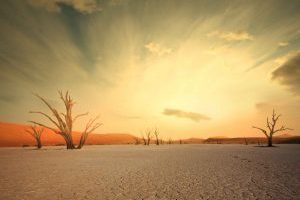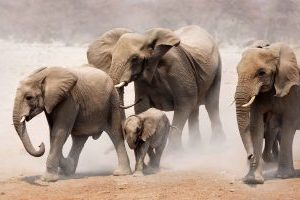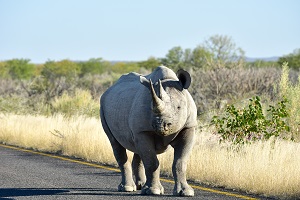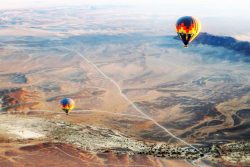Tailor Made
- Your bespoke safari holiday
- Explore Africa at your own pace
- Specialist who listens to your needs
- Tell us what your style is
- Enjoy a personalised experience with Safari Club

 Skeleton Coast in Namibia
Skeleton Coast in Namibia
The Skeleton coast is one of our planet’s most beautiful places, which over the past decade has had restricted access to the public.
It is possible to drive as far as Terrace Bay along the Southern Section of the Skeleton Coast National Park an area which includes the enormous seal colony at Cape Cross.
The Northern Section can only be accessed by air on a flying safari, this area has just one operator here offering flying safaris which stay at extremely remote but quite comfortable camps in the National Park. It is wild, desolate, uninhabited and stunningly beautiful, but rather expensive to visit.
Excursions in this area include visits to the clay castles of the Hoarusib River, Rocky Point, the roaring dunes, lichen fields, seal colonies, Himba villages and shipwreck sites. There are also secret water seeps that attract wildlife such as oryx, springbok, giraffe, brown hyena and jackals.
To the North West lies ...
The Skeleton coast is one of our planet’s most beautiful places, which over the past decade has had restricted access to the public.
It is possible to drive as far as Terrace Bay along the Southern Section of the Skeleton Coast National Park an area which includes the enormous seal colony at Cape Cross.
The Northern Section can only be accessed by air on a flying safari, this area has just one operator here offering flying safaris which stay at extremely remote but quite comfortable camps in the National Park. It is wild, desolate, uninhabited and stunningly beautiful, but rather expensive to visit.
Excursions in this area include visits to the clay castles of the Hoarusib River, Rocky Point, the roaring dunes, lichen fields, seal colonies, Himba villages and shipwreck sites. There are also secret water seeps that attract wildlife such as oryx, springbok, giraffe, brown hyena and jackals.
To the North West lies Kaokaland and the Kunene River, another fantastic area of ancient highlands and barren valleys to explore on a flying safari. Kaokaland is inhabited almost exclusively by the semi-nomadic Himba tribe.
Forests of Makalani palms skirt the course of the Kunene River forming the border with Angola which includes along its course the beautiful Popa and Ruacana waterfalls.
This Skeleton Coast and Kaokaland area will be enjoyed by those looking for a true wilderness experience in one of the most beautiful and remote areas of Southern Africa.
← Read Less



There is world class accommodation here in all categories, your choice of hotel, lodge or camp will depend on whether you are after a romantic stay or something more family orientated. Our consultants can guide you on the best options for your budget and aspirations.
Entry Level
Classic Level
Classic Level
Premium Level
Entry Level
ENTRY
CLASSIC
PREMIUM
Below are some successful itineraries that have worked well for our clients. Please call to check availability or better still let us tailor make your own safari holiday.
The remoteness of the area means that you will be reliant on light aircraft and 4x4 vehicles to get around. Let your hosts guide you and show you this wonderful place.
The area receives almost no rain and temperatures are reasonably comfortable throughout the year.
June sees warm sunny days and cool nights, through to August. The bush is dry and game viewing excellent. Hot sunny days and warm nights develop in September and through to October, the bush remains dry and vegetation is dwindling. This is the ideal time to visit Namibia.
When visiting the coastal areas it is worth noting that during winter (June- August) occasionally a condition known as Berg wind occurs, this is a hot dry wind blowing from the inland to the coast and due to desert that lies behind the coast, these winds can develop into sand storms.
By November the temperature increases, days are hot and storm clouds brew whilst light showers begin. December is usually the hottest month, rains become more frequent and the atmosphere quite humid.
January and February are very hot with some occasional rain storms. Game viewing is fairly good. March becomes slightly cooler, occasional rain storms continue
April sees the trees fruiting, nights are cooler and days warm with some early morning mist. The bush begins to dry out in May and hence game viewing is improving with comfortable temperatures, this is a more affordable time to visit Namibia.
 Just a phone call away to start planning your holiday
Just a phone call away to start planning your holiday
01 664 464 228







